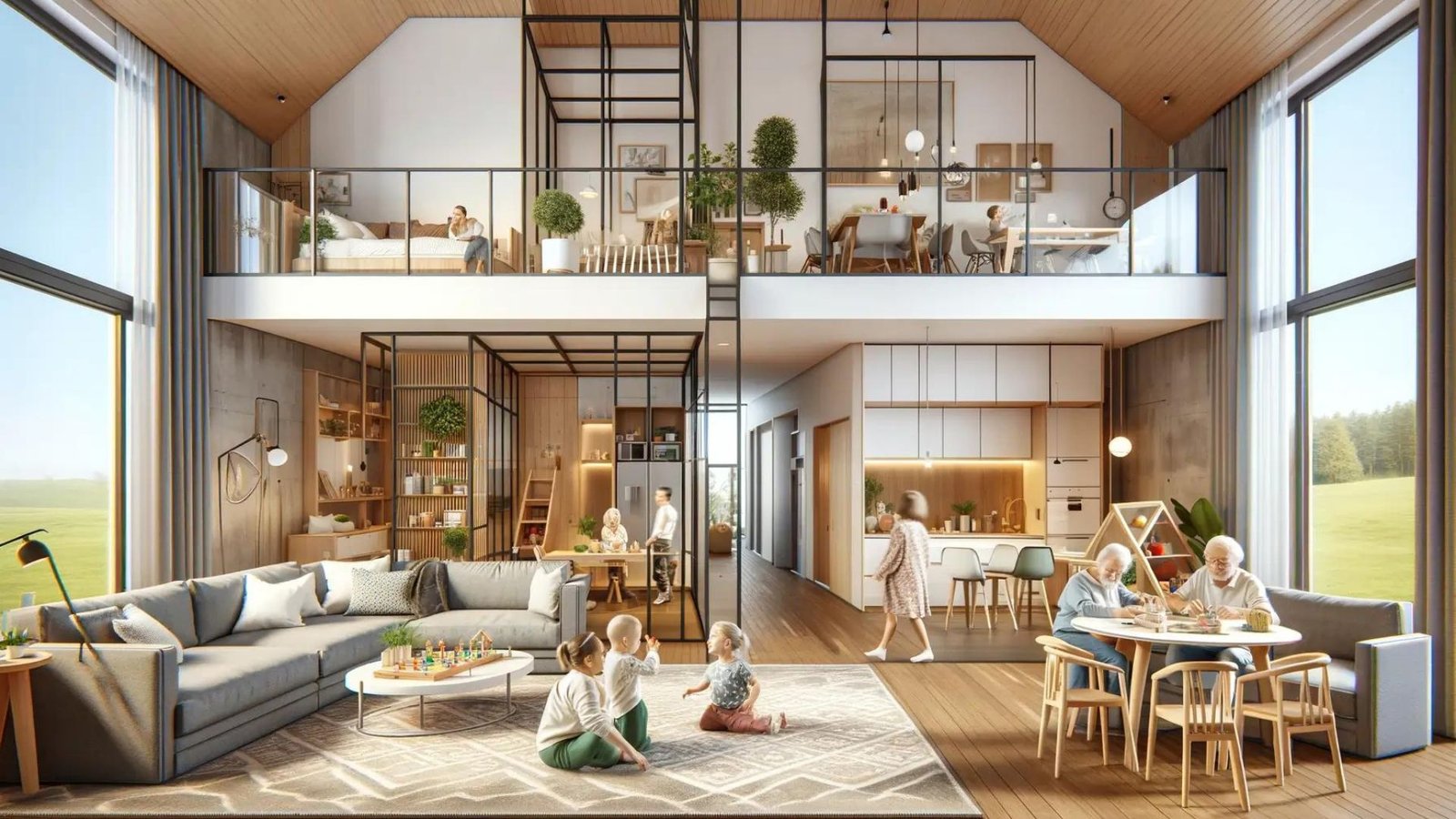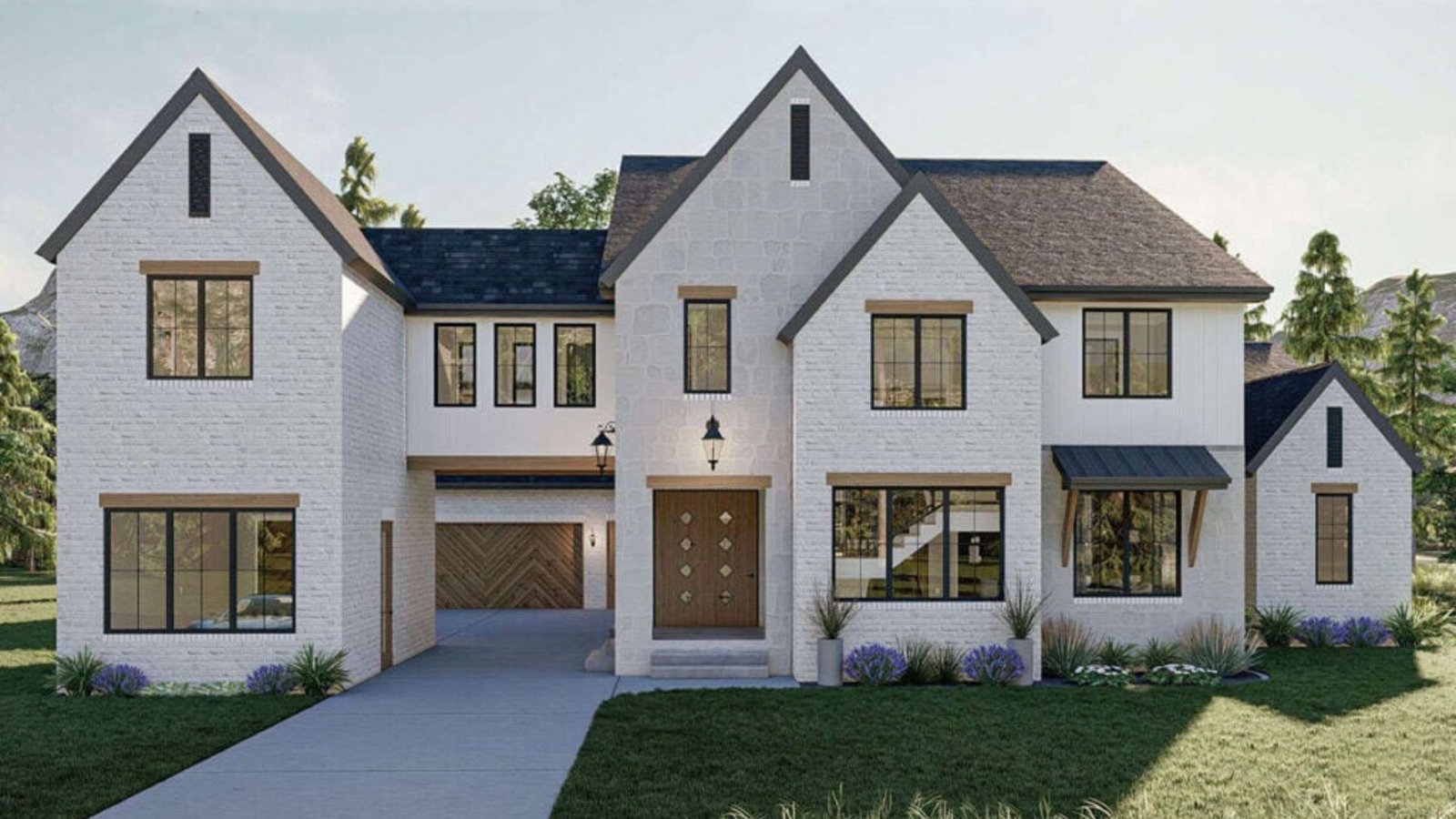Ways to Design a Home for Multigenerational Living
Design a home for multigenerational living is becoming more popular. Many families now choose to live together under one roof. This setup provides support, saves money, and strengthens family bonds. However, it requires careful planning. In this article, we will explore effective ways to create a comfortable and functional space for everyone.

1. Open Floor Plans
First, consider an open floor plan. Open layouts allow for easy movement and interaction. When designing a home for multigenerational living, it is essential to foster connection. An open kitchen, dining, and living area encourages family gatherings. Moreover, this design makes it easier to keep an eye on children or elderly family members.
2. Separate Living Spaces
Next, create separate living spaces. While togetherness is important, privacy is also crucial. Consider adding a guest suite or an in-law apartment. These spaces provide independence while still being close to family. A separate entrance can also enhance privacy. This way, everyone can enjoy their own space when needed.
3. Multiple Bathrooms
In addition, having multiple bathrooms is vital. This design helps avoid morning traffic jams. When you design a home for multigenerational living, plan for at least two or three bathrooms. It can make daily routines much smoother. Also, consider adding a bathroom with easy access for elderly family members.
4. Universal Design Features
Furthermore, incorporate universal design features. These elements make a home accessible for everyone, regardless of age or ability. For example, consider wider doorways and hallways. Also, install grab bars in bathrooms and non-slip flooring. These small changes greatly enhance safety and comfort for all family members.
5. Multi-Functional Rooms
Moreover, think about creating multi-functional rooms. These spaces can serve various purposes. For instance, a home office can also be a guest room. Additionally, a playroom can double as a study area. This flexibility is especially useful in a multigenerational home. It maximizes space and meets different needs.
6. Outdoor Spaces
Next, do not forget about outdoor spaces. A backyard or patio can be a great area for family gatherings. Design a home for multigenerational living by creating outdoor spaces that everyone can enjoy. Consider adding seating areas, a garden, or a playground. These features encourage families to spend time together outside.
7. Storage Solutions
In addition, effective storage solutions are essential. With more people living in one home, clutter can quickly become a problem. Consider built-in shelves, cabinets, and under-bed storage. Design spaces that help keep the home organized. This will make daily life much easier for everyone.
8. Flexible Furniture
Furthermore, choose flexible furniture. Pieces that can adapt to different needs are very helpful. For example, consider a dining table that expands for gatherings. Also, use sofas that can be rearranged for various activities. This adaptability is especially important in a multigenerational home.
9. Smart Technology
Additionally, integrate smart technology into the design. Smart home devices can make life easier for everyone. For instance, use smart thermostats for energy efficiency. Smart lighting can improve safety, especially for elderly family members. These technologies enhance comfort and convenience.
10. Communication Areas
Finally, create designated communication areas. Having a space where family members can talk and connect is important. Consider a cozy nook or a family room. This area can be used for discussions or game nights. It helps strengthen family bonds in a multigenerational setting.
Conclusion
In conclusion, designing a home for multigenerational living requires thoughtful planning. By incorporating open floor plans, separate living spaces, and multiple bathrooms, you can create a functional environment. Furthermore, consider universal design features, multi-functional rooms, and outdoor spaces. Effective storage solutions and flexible furniture also play key roles. Lastly, integrating smart technology and communication areas will enhance family life. With these tips, you can design a home that meets the needs of everyone. Enjoy the benefits of living together while creating lasting memories!



